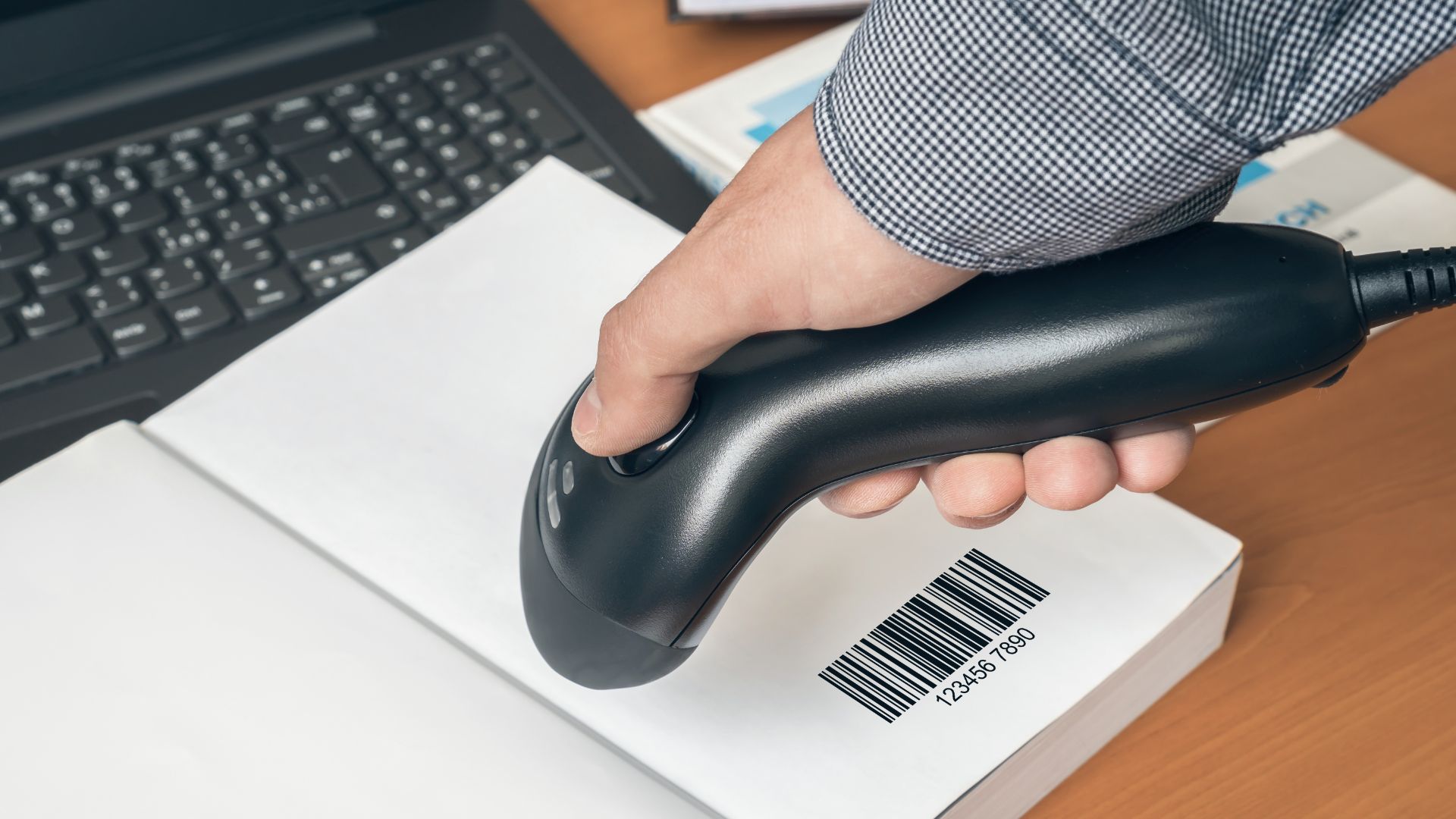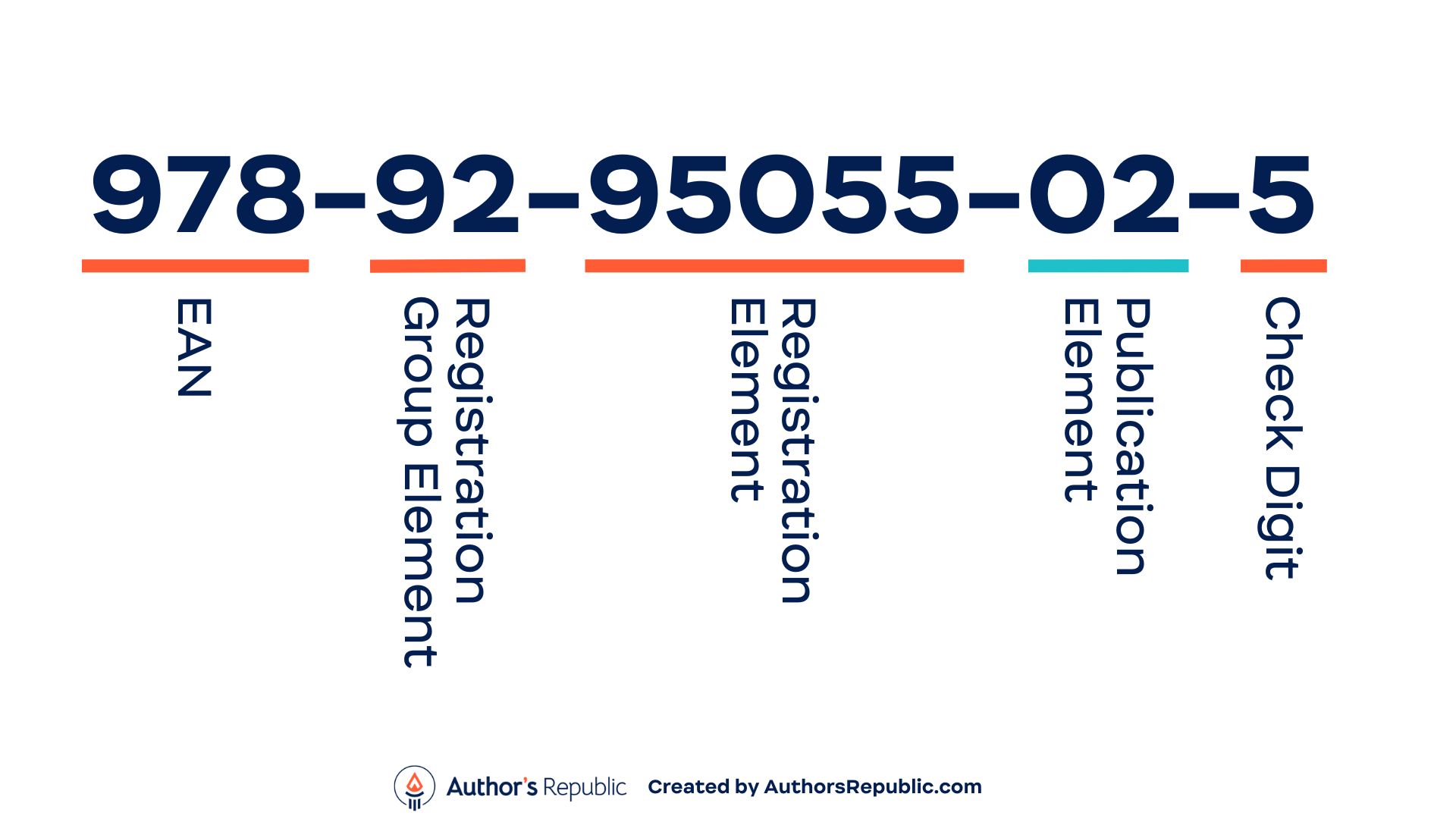Everything You Need To Know About ISBNs
February 7, 2025
Audiobook ISBN Info: Your Guide to ISBNs

If you’re an author or publisher, you’re probably familiar with the basic concept of ISBN numbers. But now that you’re at the point where you want to distribute and sell your audiobook, it’s much more real, and you want to know more about audiobook ISBNs – how they work, what they’re used for, how many you need, and all of the important ISBN information that will help you with audiobook marketing and sales. This guide will break it down for you and answer all your audiobook ISBN questions, including “Do audiobooks need an ISBN?” (hint: the answer is yes!) and “Can I get an ISBN number for free?” (also, yes!). Discover everything you need to know as a self-published or indie author so you can make the right decisions about ISBNs during the audiobook publishing process.
What is an ISBN and Why Does it Matter?
ISBN stands for International Standard Book Number. It’s like a unique fingerprint for each version of your book, providing information about the country of origin, language, publisher, title, edition, and format, all of which are embedded in the metadata of your book. While many people see ISBNs as just a long string of numbers, they are actually crucial for book distribution andaudiobook distribution. Having an ISBN for audiobooks helps retailers, libraries, universities, and other distributors catalog audiobooks efficiently for inventory, market them, and track their success through purchases and sales.
Do Audiobooks Need an ISBN?
Many authors and publishers often wonder, “Do audiobooks have ISBN numbers, and are they required?” The short answer is yes! While having an ISBN for audiobooks is not always required, it is a good idea to have one as it is beneficial for audiobook distribution and sales. Many audiobook retailers and digital library channels also require an ISBN to list an audiobook, though some platforms, such as Amazon, use their own identification systems (called ASIN numbers) instead.
How Do I Get an Audiobook ISBN Number for My Audiobook?
If you don’t already have an audiobook ISBN number, don’t worry! Author’s Republic will provide every audiobook project with a free ISBN number. If you’d prefer to purchase an ISBN number on your own, you can search “[where to buy an ISBN in [your country],” as it varies by location. In Canada, ISBNs are free from the Canadian ISBN Agency. In the US, they are purchased through Bowker, and in the UK, they are purchased from Nielsen.
How Many ISBN Numbers Do I Need For One Book?
Each format and version of your book will have its own unique ISBN. Once an ISBN number is used, it cannot be used anywhere else ever again. If you have an ebook, audiobook, hardcover, and a paperback, you’ll need four different ISBNs. If the audiobook is available in multiple languages, you’ll need a unique ISBN for each translated version as well. The same logic applies to second and third editions of books because ISBN numbers are unique for each book. If you publish later editions or make substantial changes to your audiobook, you will need a new ISBN number. Substantial changes include adding new chapters, significantly revising the story, or changing the title.
What Does the ISBN of a Book Tell You?
While casual observers may think ISBN numbers are just a randomly generated sequence of numbers, there is a science behind the ISBN formula. Each ISBN is 13 digits long and broken up into five parts.
Interestingly, ISBNs only became 13 digits long on January 1st, 2007. Before that, they were only ten digits long. The history of ISBNs dates back to 1965 when global book retailer WHSmith commissioned a team to devise a system for organizing books in their fancy new computerized warehouse. This led to the creation of the nine-digit Standard Book Number (SBN), which was adapted to the ISBN in 1970.
Understanding the 5 ISBN Components:
- EAN (European Article Number): Usually 978 or 979 (3 digits)
- Registration Group Element: Specifies the book’s country, region, or language area (1-5 digits)
- Registration Element: Also called the publisher’s prefix, this identifies the book's publisher or imprint (up to 7 digits)
- Publication Element: Identifies the distinct title or edition (up to 6 digits)
- Check Digit: A single digit at the end that validates the accuracy of the ISBN. This is calculated using a specific, complicated formula called the modulus 10 algorithm.

Audiobook ISBN Info Unlocked! What’s Next?
Now that you understand audiobook ISBNs, why they matter, and how to use them to help market and distribute your audiobook, you may be wondering what else you can do as a self-published author to assist with the audiobook production process. Filling out your audiobook metadata so our partner platforms can categorize your audiobook is a great next step. You can also begin working on your audiobook cover art and crafting audiobook descriptions. As you’ve seen with audiobook ISBN numbers, every piece of the audiobook creation process is crucial in making your masterpiece a success – even little details like the 13-digit barcodes that once seemed like just a string of random numbers!
Editor’s Note: This post was originally written on October 14, 2021. It has been substantially revised as of February 7, 2025.